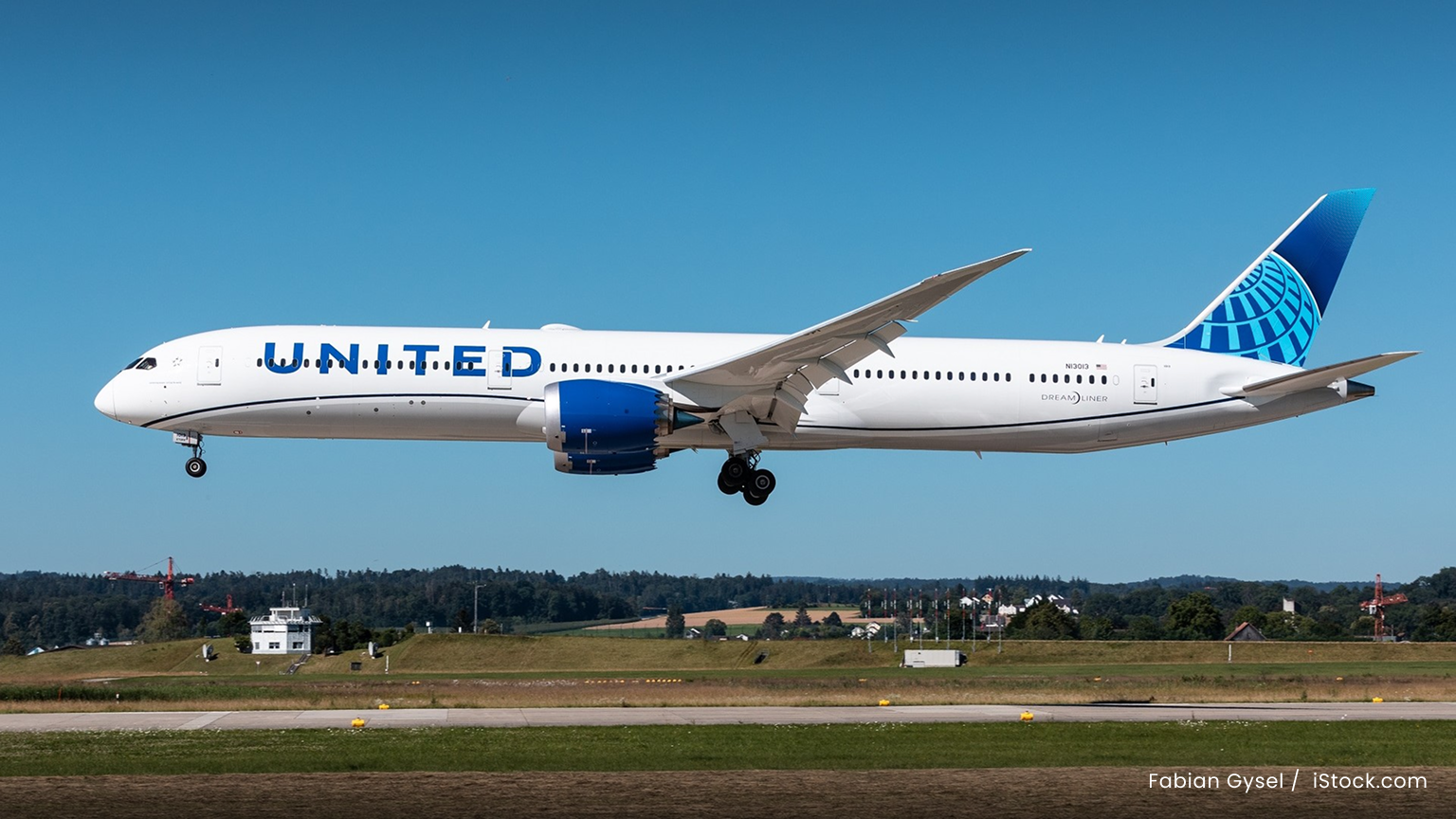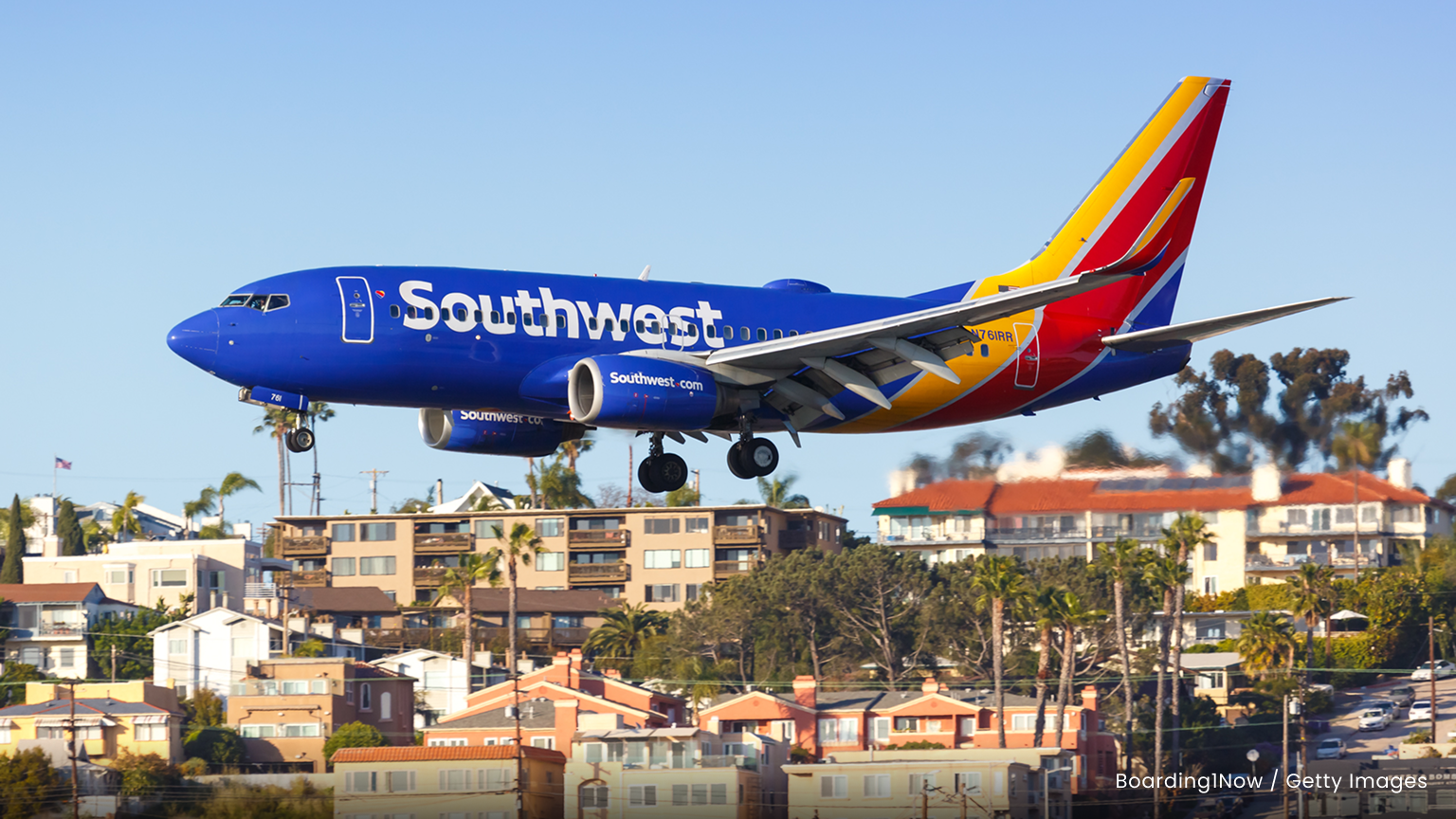Foreign Transaction Fees: What They Are and How To Avoid Them

International travel isn’t cheap. On top of pricey airfare and hotel stays, you can wind up paying debit or credit card foreign transaction fees, and, at around 1% to 3% a pop, these charges can quickly accumulate. In this guide, we’ll break down foreign transaction fees and steps you can take to avoid them.

400+ Credit Cards
Analyzed independently across 50+ data points in 30+ product categories

Reviewed
By a team of credit card experts with an average of 9+ years of experience

Trusted by
More than one million monthly readers seeking unbiased credit card guidance
CardCritics™ editorial team is dedicated to providing unbiased credit card reviews, advice and comprehensive comparisons. Our team of credit card experts uses rigorous data-driven methodologies to evaluate every card feature, fee structure and rewards program. In most instances, our experts are longtime members or holders of the very programs and cards they review, so they have firsthand experience maximizing them. We maintain complete editorial independence — our ratings and recommendations are never influenced by advertiser relationships or affiliate partnerships. You can learn more about our editorial standards, transparent review process and how we make money to understand how we help you make informed financial decisions.
What Is a Foreign Transaction Fee?
A foreign transaction fee is a surcharge for using a debit or credit card abroad or on purchases from non-U.S.-based retailers, including through their websites.
These credit card international fees generate revenue for financial institutions, “but it’s not all profit,” said David Shipper, strategic advisor in the retail banking and payments practice at Datos Insights. Issuers use the funds to cover currency conversion, international processing and fraud-related costs.
Issuers usually express foreign transaction fees as a percentage. They typically cost between 1% and 3% of each purchase. So, say, for instance, I charged a bracelet that costs the equivalent of $4,000 to the Citi Simplicity® Card (an advertising partner) during a recent trip to Aruba. Given the Simplicity’s 3% foreign transaction fee, I’d pay $120 on top of the $4,000.
How To Avoid Foreign Transaction Fees
Fortunately, you can avoid these surcharges. Experts recommend the following strategies.
Apply for a Credit Card With No Transaction Fees
“The best way to avoid foreign transaction fees is to find a card that waives them,” Shipper said.
There are plenty of products on the market that do so. The best travel credit cards almost always offer no foreign transaction fee as a benefit, alongside rewards on what’s considered travel. I use the Marriott Bonvoy Boundless® Credit Card or United℠ Explorer Card abroad, as both co-branded Chase credit cards don’t charge foreign transaction fees.
Capital One and Discover waive the charge on their complete credit card suites.
Use a Checking Account Without Fees
If you don’t have, want or can’t qualify for a credit card with no foreign transaction fees, you can opt for a checking account that waives them instead.
Capital One doesn’t charge foreign transaction fees on its 360 checking products. Charles Schwab waives the charge on its Investor Checking™ account and offers unlimited ATM fee rebates for global cash withdrawals.
Exchange Cash for Local Currency
You can also avoid foreign transaction fees by exchanging U.S. dollars for local currency, though you give up certain fraud protections.
“It’s a good idea to visit your bank before traveling to purchase foreign currency, as it’s often cheaper than using airport exchange services,” banking consultant Jason D. Koontz said.
Most financial institutions offer currency exchanges to customers at competitive rates and for a nominal fee. For instance, Bank of America and PNC Bank don’t charge transaction fees for foreign currency exchanges. Citi waives service fees on exchanges for Citigold and Citi Priority Account Package customers.
Use Low-or-No-Fee International ATMs
Some banks have in-network ATMs outside of the U.S. They also might waive or reimburse out-of-network ATM fees for select customers. Citigold account holders, for instance, enjoy this benefit, while Wells Fargo reimburses Prime Checking members for one cash withdrawal fee at an out-of-network ATM outside of the U.S. every fee period (25 to 35 days).
If your bank doesn’t offer this perk, consider doing a little research.
“Travel videos on YouTube can be a helpful resource for finding lower-fee ATMs,” Koontz said. “When we traveled to Japan, they helped us identify the best ATM networks ahead of time.”
Look Into Prepaid Cards
Some countries sell prepaid smart cards that travelers can use for transportation and small purchases. Examples include Japan’s Suica card, London’s Oyster card, and Singapore’s EZ-Link card. Alternatively, you can consider multi-currency prepaid cards like Mastercard’s Cash Passport or Wise.
During that recent Japan trip, “I loaded my Suica card using yen I brought with me, which helped me avoid both ATM and card fees,” Koontz said.
Credit Cards That Help You Avoid Transaction Fees
- Capital One Quicksilver Cash Rewards Credit Card: One of the few cash-back cards that doesn’t have foreign transaction fees, the Quicksilver has a competitive flat cash-back rate, solid welcome offer and no annual fee. The bank also offers different versions of the card (with varying terms) to applicants with good to fair credit. Capital One waives foreign transaction fees on these products.
- Discover it® Chrome: An option if you’re looking for a card with no foreign transaction fees and a low introductory annual percentage rate (APR), the Discover it Chrome touts a 0% Intro APR on balance transfers for 18 months and a 0% Intro APR on purchases for 6 months, both followed by a 17.74% - 26.74% Variable APR. It also offers no annual fee and a decent cash-back rewards program.
- Chase Sapphire Preferred® Card: The Sapphire Preferred Card has all the hallmarks of a standout travel credit card, including a lucrative welcome offer, robust rewards program and relatively affordable $95 annual fee. Plus, Sapphire Preferred Card cardholders pay no foreign transaction fees.
- Bank of America® Travel Rewards credit card: A well-rounded credit card, the Travel Rewards card is a solid option for Bank of America customers looking to avoid foreign transaction fees, as its Preferred Rewards® members can earn 25% to 75% more points on purchases. Cardholders can also leverage a strong introductory APR offer: 0% Intro APR for 15 billing cycles for purchases, and for any balance transfers made in the first 60 days. After the intro APR offer ends a 17.74% - 27.74% Variable APR will apply.
- American Express Platinum Card® (an advertising partner): If you’re looking for premium perks, the Amex Platinum offers airport lounge access, an eye-popping welcome offer and a laundry list of statement credits. You’ll pay a $895 annual fee, however.
The information related to the United℠ Explorer Card was collected by CardCritics™ and has not been reviewed or provided by the issuer of this product/card. Product details may vary. Please see issuer website for current information. CardCritics™ does not receive a commission for this product.
Frequently Asked Questions About Foreign Transaction Fees
Is a 3% foreign transaction fee high?
Our analysis of large credit card issuers found that 3% is a fairly standard rate for foreign transaction fees on non-travel rewards credit cards. However, you can find cards in most categories that skip this fee entirely.
How do I see if my credit card has foreign transaction fees?
You can find the amount your credit card charges for foreign transaction fees in your cardholder agreement and the pricing information listed on your issuer’s website.
Is it cheaper to use a credit card or a debit card abroad?
It depends on what specific card you’re using and what you’re using it for. ATM withdrawals, for instance, are generally much cheaper with a debit card. However, foreign transaction fee waivers on purchases are more common among credit cards.
Can I get foreign transaction fees refunded?
Issuers may not refund debit or credit card foreign transaction fees on returned purchases, though these terms can vary.
Which banks do not charge foreign transaction fees?
Capital One and Discover don’t charge foreign transaction fees on their credit cards and at least some checking products. Charles Schwab waives foreign transaction fees for debit cardholders.












